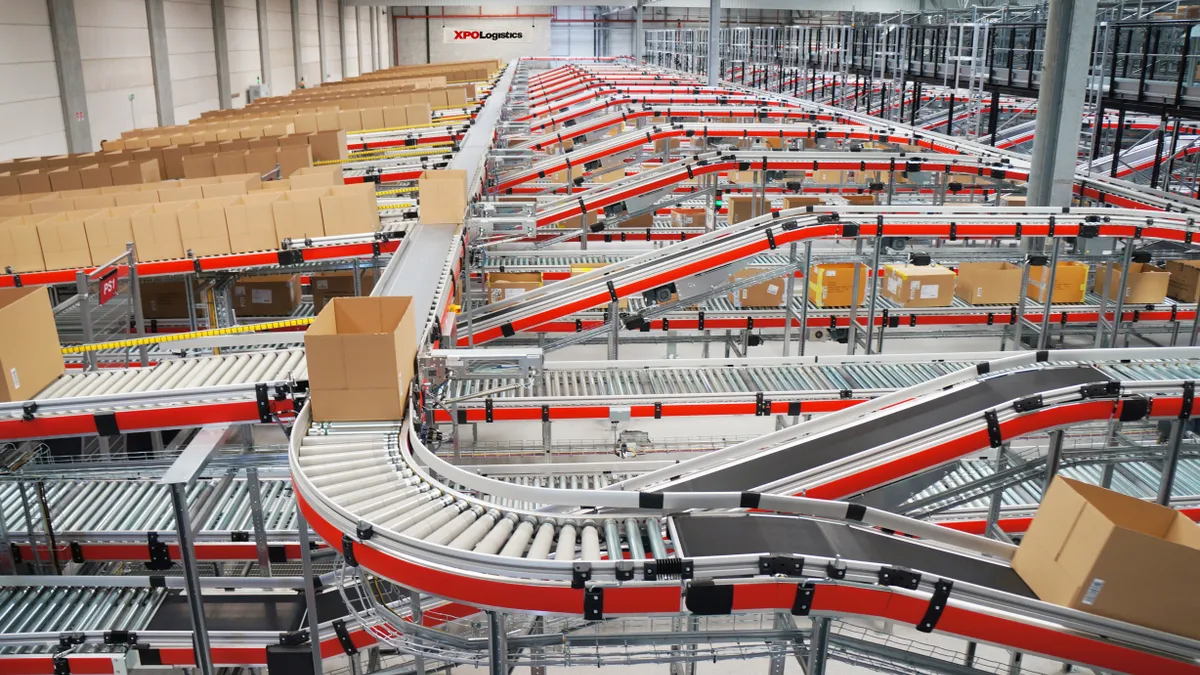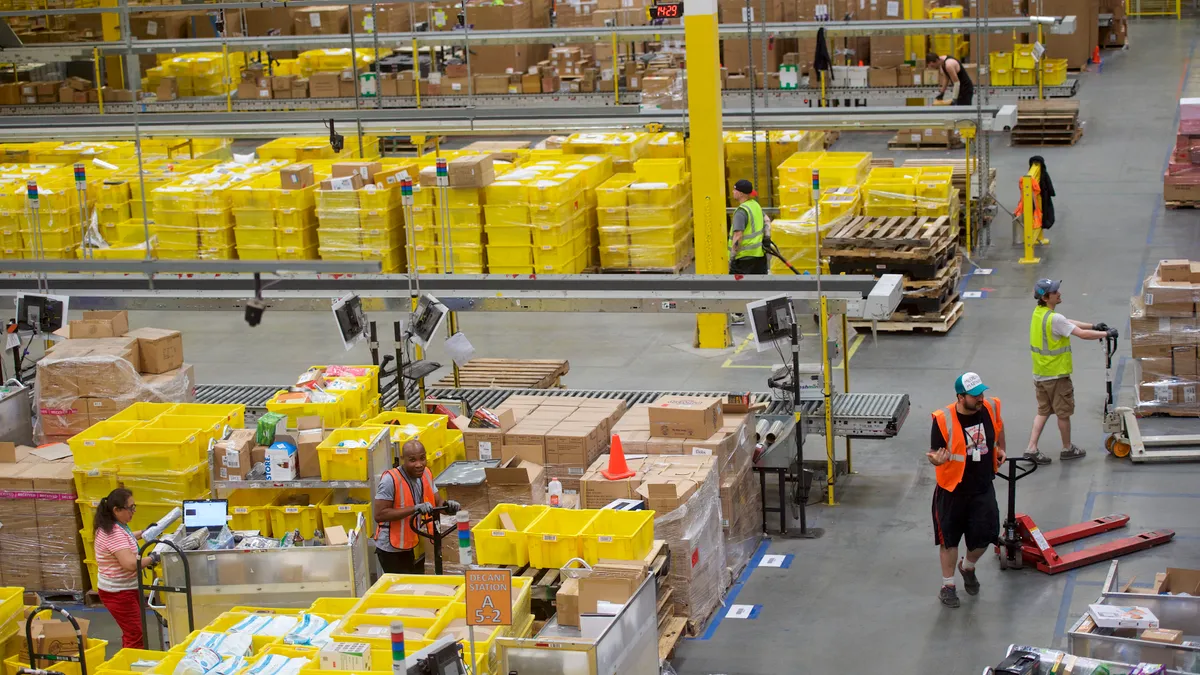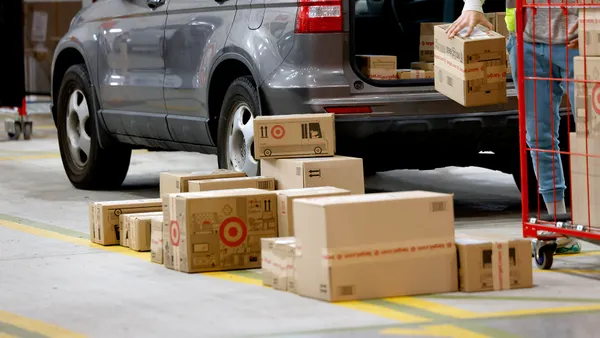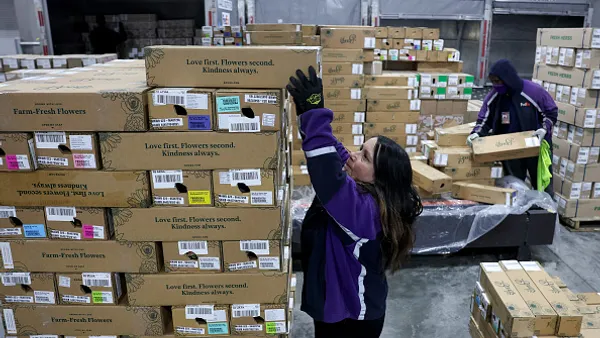Dive Brief:
- About 20% of retailers do not think they have the right technology or metrics to execute their omnichannel strategy, according to a 2019 Forrester survey of 69 retailers.
- More than half (53%) of these retailers had plans to invest in a new order management system (OMS) last year and another 28% were planning to spend on a warehouse management system, the survey found.
- "At the most basic level, retailers appear stymied by the metrics they should hold stores accountable to, underscoring that incrementality is often difficult to measure," the report reads. Nearly a quarter of respondents (23%) said finding the right metrics for a fulfillment program was "very challenging."

Dive Insight:
The execution of an omnichannel operation will require a modern OMS, according to Brendan Witcher, a vice president and principal analyst for Forrester.
"That's the core," Witcher told Supply Chain Dive in an interview Tuesday. "That's the heart of the technology is the order management system."
The OMS provides inventory visibility and order orchestration to enable profitable shipping or sourcing of items from multiple locations. An enterprise resource planning (ERP) system can also provide inventory visibility, but it doesn't account for shipping cost, labor cost and labor availability.
And it makes sense that more people are investing in OMS than warehouse management system (WMS). People have needed WMS for years, but an OMS to handle omnichannel is a relatively recent need. Omnichannel retail operations will need both, he said.
A WMS will manage the picking, packing and shipping within a warehouse. An OMS will route an order between where it's placed and where it's sourced.
The OMS will make decisions on how to fulfill orders based on rules that system administrators can change. Some retailers might want to prioritize having all orders ship together while others will prioritize speed. Different priorities will mean different rules for the OMS to follow.
Setting up this OMS environment can take anywhere from 90 days to a year, depending on how complex the retail operation is and what kind of legacy network is already in place.
Along with software, companies are turning to hardware, such as RFID sensors to better manage inventory in omnichannel environments.
Once the technology is in place, retailers are going to need the right metrics to make sure the network is functioning properly. Metrics on savings could help retailers measure the success of this program: How much is being saved by shipping orders from the store rather than the warehouse? How much time does it take to get an order shipped from a store? How many times are orders rerouted from stores that are rejecting orders?
For example, "If I'm shipping close to the customer, theoretically, my shipping cost should go down," Witcher said.
These metrics are relatively easy to track in an OMS system. Others require retailers to get more creative. That could include tracking the number of times a customer comes in for buy-online, pickup in-store purchases and the wrong item had been pulled, or the number of times a customer was left waiting in long lines. Other metrics to consider include the reason for order rejections at stores: Was it because the item wasn't there or they just couldn't find it?
Some metrics, such as issues with long lines, can be measured with computer vision technology. Others require managers to collect information about why orders are rejected, Witcher said. In general, most of the data for tracking metrics in omnichannel environments will come from the OMS. Some of these systems have built-in analytics capabilities, but they also allow data to be exported for analysis using other tools, Witcher said.
Figuring out omnichannel will be vital for companies moving forward as it grows into an industry expectation.
"The reality of it is that consumers are starting to expect it," Witcher said. "And this is something that companies just don't understand: When I can do buy online, pick up in-store from Starbucks or Dunkin Donuts, as a consumer, I expect it everywhere."
This story was first published in our weekly newsletter, Supply Chain Dive: Operations. Sign up here.














